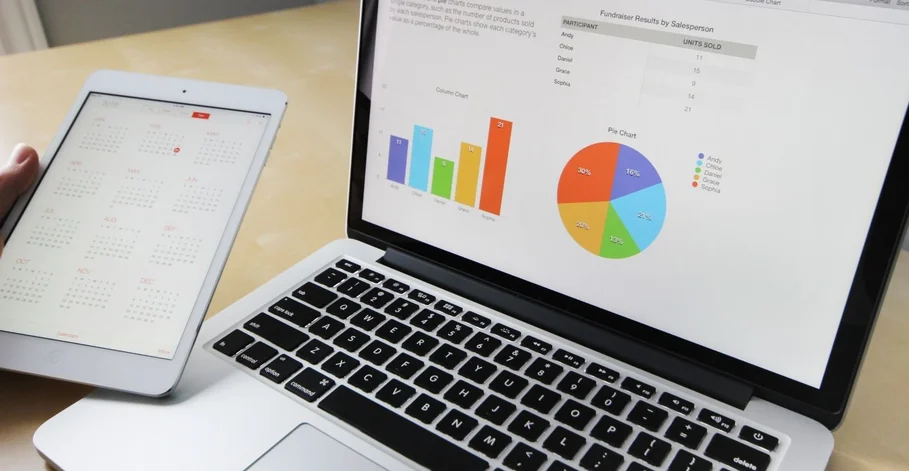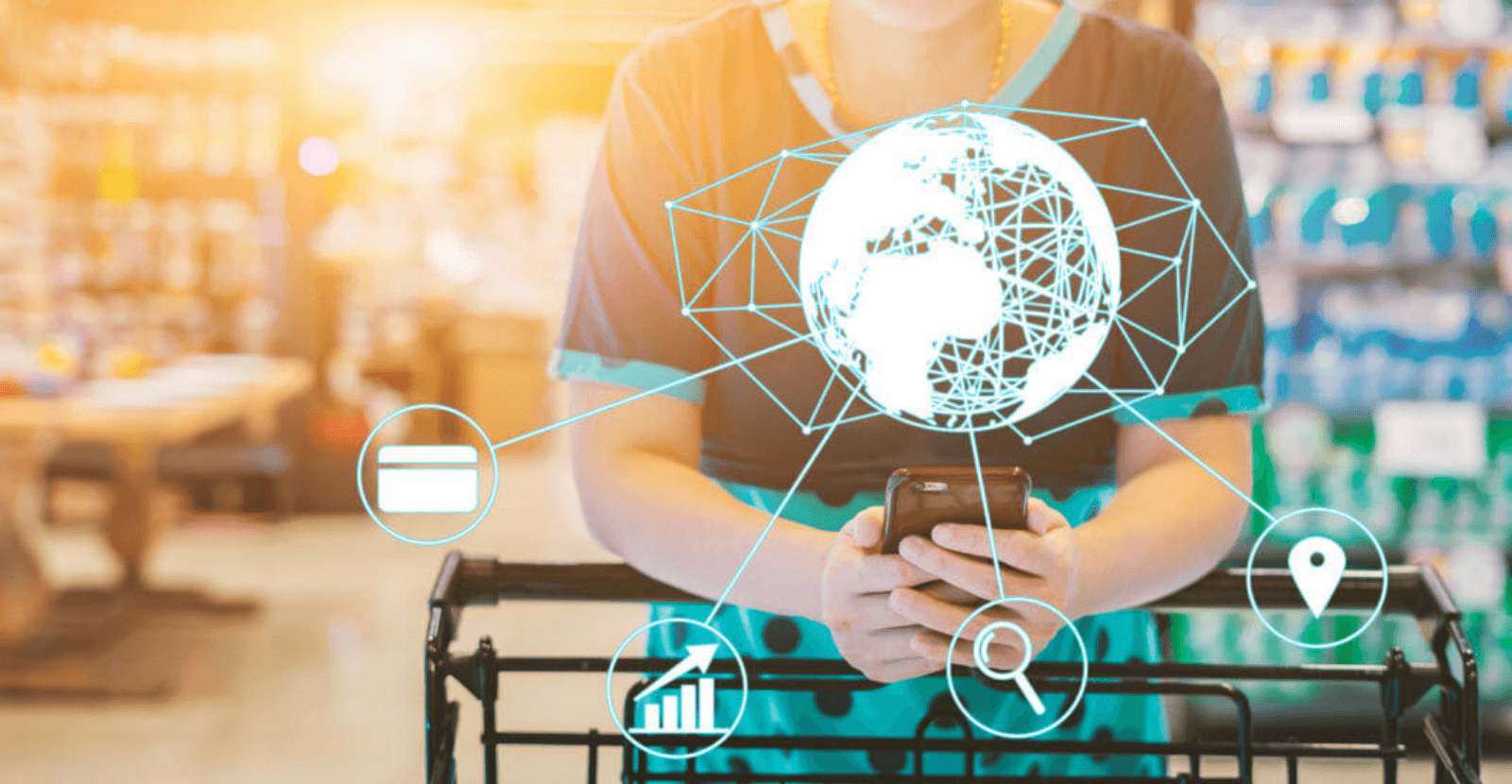The ongoing pandemic has catalysed market trends and changes in consumer behaviour. As people stayed indoors, AI , automated data collection and machine learning have advanced across every industry. This includes the market research industry. Particularly, AI and machine learning have transformed market researched through automated and real-time data collection.
Mac Smith, Head of User Research, Core Search at Google, presented an exciting take during day 1 of the MRMW 2021 conference. He gave five bold predictions on how AI, automated data collection and machine learning could impact the market research industry.
- Automation of 50% of all qualitative data collection in 10 years.
- Shift to real-time data service in 50% of customer research in 7 years.
- Most companies will define data science, market research, and user research as one organisation in 10 years.
- 50% of Fortune 500 companies will have a C-level officer for customer experimentation and insights in the next 10 years.
- There will be a significant increase in company adoption of equity-based research and design as a differentiator in the next 5 years.
Automation of qualitative data collection in the market research industry
Smith predicted that up to 50% of all qualitative data collection would be automated in the next ten years. The past two decades, we’ve seen the rise of data science and analytics in market research. More than ever, researchers now can collect extensive amounts of customer data online. In fact, in 2017, 53% of companies adopted big data analytics, with the number only increasing.
Companies worldwide are increasingly using automated data collection, AI and machine learning. For example, retailers are using passive detection tools such as facial analysis to provide personalised customer experiences. AI-enabled tools also free up precious time and energy for more complex and challenging decision-making. For example, musicians can utilise Tone Transfer to assist in their music composition and spend more time on writing lyrics.
Increased real-time customer research and automated data collection
Real-time data collection is not new, and we are expecting it to increase in the upcoming years. Smith predicts that up to 50% of customer research will shift to real-time data services in seven years. This paradigm shift is driven by how decision-making is limited to the amount of information available. Real-time data collection eliminates this bottleneck in information by providing real-time answers to any question.
Nowadays, information that required weeks to collect now only takes days or even minutes. For example, companies can utilise real-time data services such as Google Survey and Dscout to gather valuable insights on their target audience. With a much faster execution process, organisations can make more informed real-time services. Additionally, they can more easily identify consumer threats and opportunities. For example, TikTok collects user interactions and video information to form personalised experiences for each user.
Combination of data science, market research, and user research into one organisation
These separate groups frequently ask similar questions, resulting in duplicate questions across organisations and projects. Smith predicts that all three functions will be defined as one organisation in most companies in ten years. This trend is a long time coming as the last 20 years saw an outburst in customer information.
Companies of all sizes are combining small-scale data with data science and analytics to provide insights. For example, Spotify mixes user research and data science methods to gain a holistic understanding of customer data. This unified approach will mitigate any blind spots that a particular research method may have. Organisations are merging disciplines and moving from informing decisions based on estimates of customer responses. As a result, researchers can now more effectively bridge the gap between what customers say and what customers do.
More C-level officers specifically for customer insights
Smith predicts that 50% of all Fortune 500 companies will appoint a C-level officer specifically for customer experimentation and insights in the next ten years. As the market research industry is evolving into utilising more AI and machine learning, leaders adept in said areas will be the ones who drive business metrics. Creating strategies based on real-world expectations and needs now replaces making estimates based on the leader’s industry experience.
Evidence supports this notion, such as those provided by Eric Colson and Daragh Sibley in ‘How to Make Fewer Bad Decisions.’ They explained that predicted positive outcomes are in a mismatch with reality. While business leaders make “informed” decisions based on estimates, they are actually falling prey to survivorship bias. As a result, they are hurting rather than improving their businesses.
A new generation of business leaders/data scientists will embrace experimentation and predictions in all aspects of the company. They will build a culture of lowering costs to run experimentations both off and on the platform. As such, insight teams will shift from a model of providing information to directly driving revenue growth.
Increased adoption of equity-based research
There will be a significant increase in company adoption of equity-based research and design as a differentiator in the next five years. Consumers and the world as a whole are increasingly placing importance on community and collective action. Consumers are asking businesses more and more about their position on equity — are companies treating their people equitably?
AI and machine learning will inevitably lead to an increase in equitable research because of their big data capabilties. The market research industry can no longer ignore the valuable insights from customer segments outside of their target demographics. It makes sense because if you serve people in general, you are also helping your target audiences well. Organisations should turn these non-target segments into fact centres. Additionally, organisations can use behaviours captured in underserved groups to drive new business opportunities.
You can find more presentations about automated data collection, AI and machine learning in our MRMW video library. It also contains more than 100 case studies from past MRMW conferences. Your next chances to join MRMW live are during our MRMW Europe (Berlin, October 20&21, 2021) and MRMW APAC (Singapore, November 10&11) editions.
Sign-up to receive our regular newsletters, updates and special offers!
You might also be interested in:
Social Intelligence: The most important and underutilized piece of the insights puzzle
Combining Passive Data With Primary Research To Win Against Your Competition
A Hacker’s Guide to Online Communities: 10 Steps for a Thriving Community











 by
by 



One thought on “Google: 5 Ways AI and Machine Learning Could Impact Data Collection”